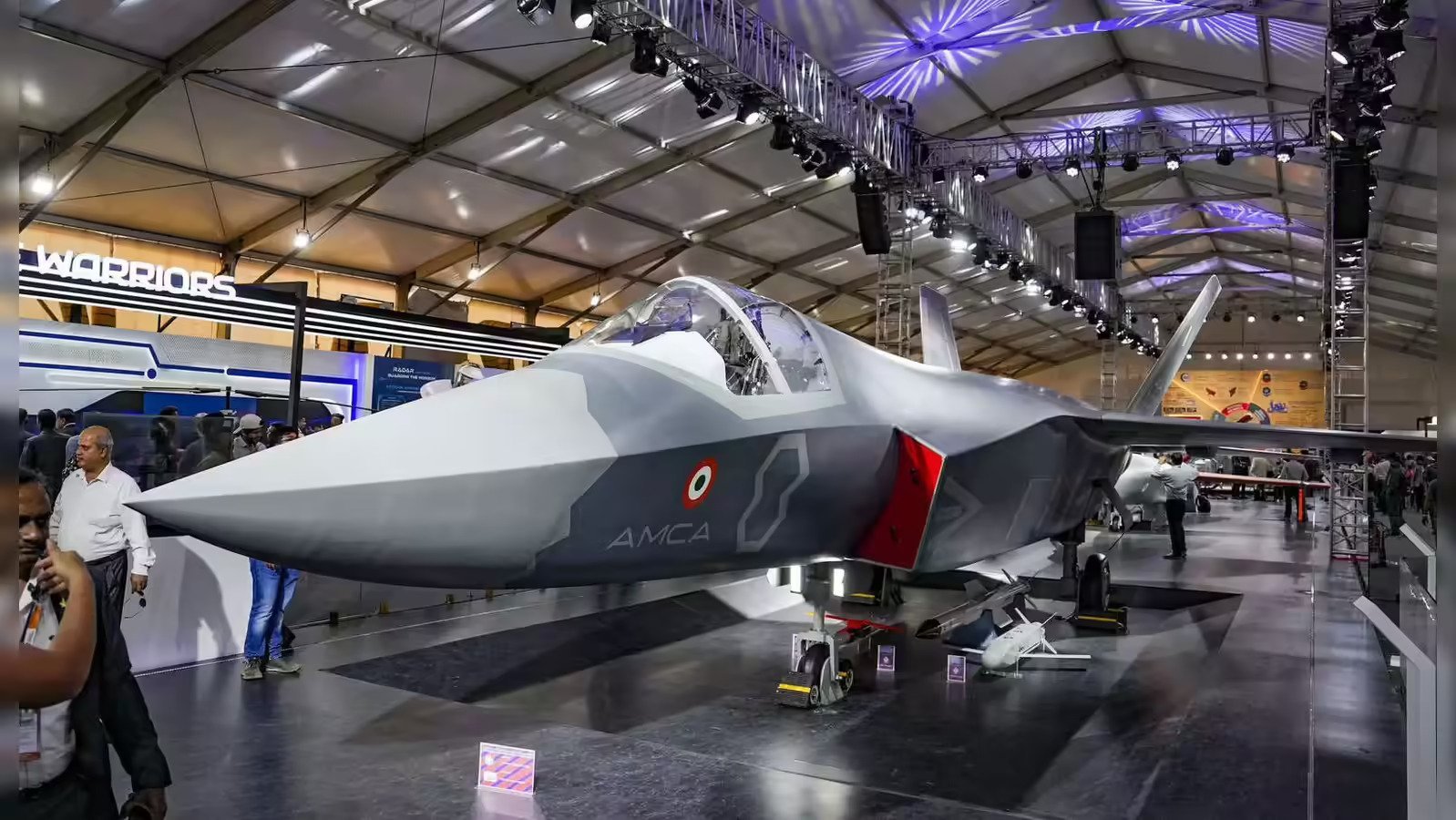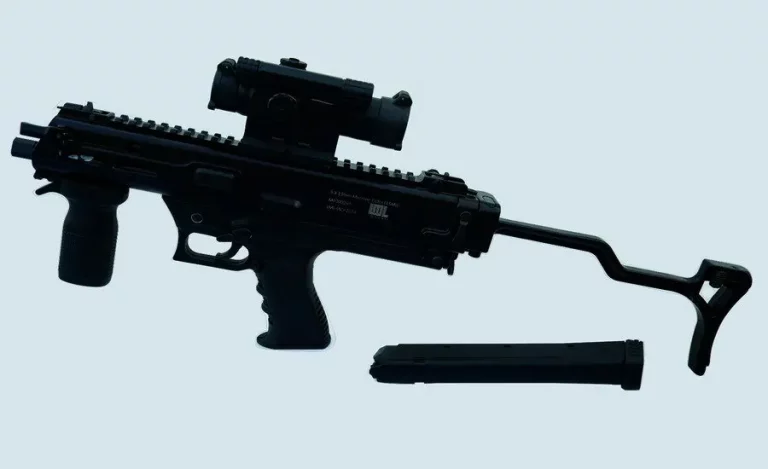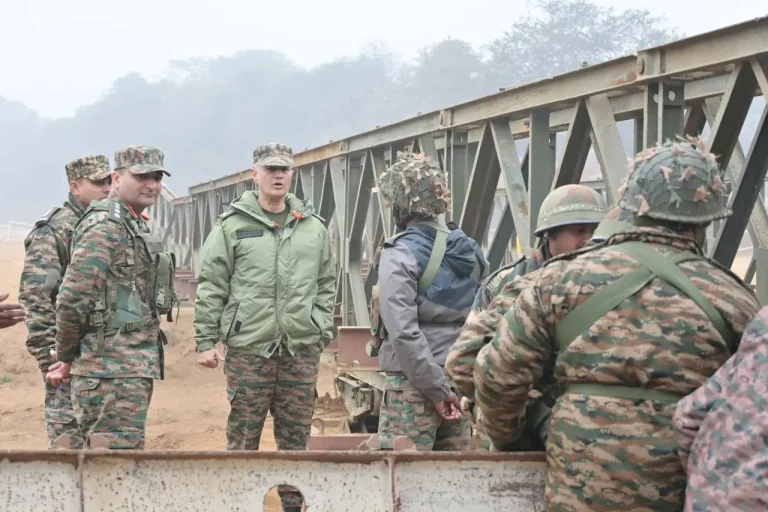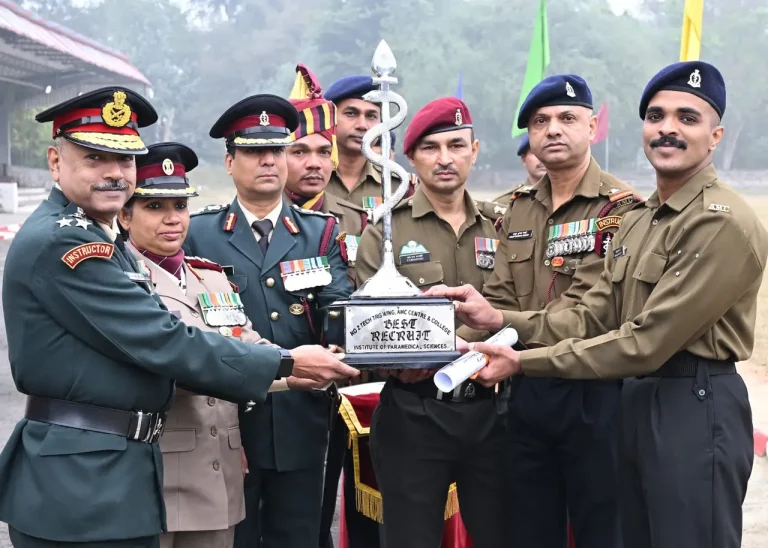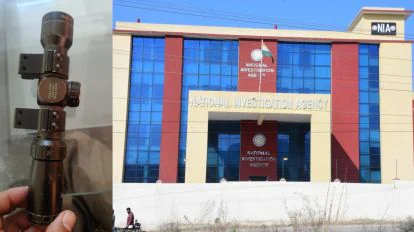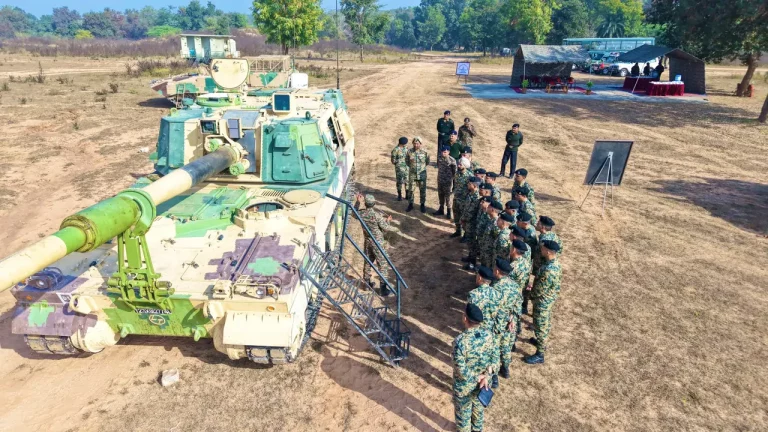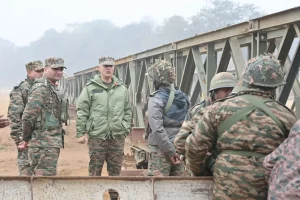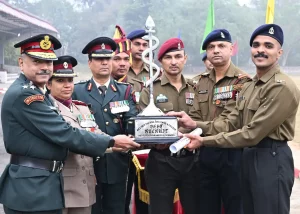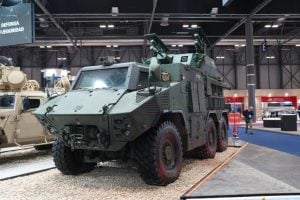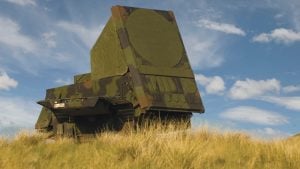India’s ambitions in developing a fifth-generation fighter jet are on the rise, with Defence Secretary Rajesh Kumar Singh announcing that the contract for the Advanced Medium Combat Aircraft (AMCA) program is set to be awarded within the next three to six months. This significant update was shared during an interview with CNBC-TV18, where Singh emphasized that the program has reached a “critical juncture” amid escalating security concerns in the Indo-Pacific region.
The AMCA, a twin-engine multirole fighter jet weighing approximately 25 tonnes, is currently being developed by the Aeronautical Development Agency (ADA) under the Defence Research and Development Organisation (DRDO). It is designed to enhance India’s aerial combat capabilities and is expected to serve both the Indian Air Force and Navy, with a vision set for operational status by 2035. The program received approval from the Cabinet Committee on Security in March 2024, launching with an initial budget of ₹15,000 crore allocated for the development of prototypes.
Breaking from conventional defense procurement practices, the AMCA project is being undertaken as part of a Public-Private Partnership (PPP) model, a structure endorsed by Defence Minister Rajnath Singh in May 2025. This shift allows major private defense firms, including Tata and Larsen & Toubro (L&T), to bid for the contract independently or in collaboration with Hindustan Aeronautics Limited (HAL), thereby marking a transformative phase in India’s indigenous defense manufacturing efforts.
The Defence Ministry took a significant step by issuing an Expression of Interest (EOI) on June 18, 2025. This document invites participation from Indian industries in various phases of the project, including prototype development, flight testing, and certification. Interested firms are required to respond by August 16, 2025. The selected private partner will be obligated to set up specialized facilities and deliver five prototypes, with expectations for rollout by 2028 and the first flight anticipated in late 2028 or early 2029.
The aircraft will feature different variants, with the initial AMCA Mk1 expected to be equipped with the GE F414 engine, providing a thrust of 98 kN. The subsequent Mk2 variant plans to incorporate a more powerful 110 kN indigenous engine, currently in development by the DRDO’s Gas Turbine Research Establishment (GTRE), in partnership likely with French firm Safran.
The AMCA is designed for a wide array of missions, including air superiority, ground attack, Suppression of Enemy Air Defences (SEAD), and electronic warfare. Notably, the jet will feature advanced stealth technology, an internal weapons bay with a payload capacity of 1,500 kg, an external payload capacity of 5,500 kg, and 6,500 kg of internal fuel.
Dr. Samir V. Kamat, Chief of DRDO, confirmed that development trials for the aircraft are projected to conclude by 2034, potentially leading to full-scale production by 2035. This ambitious project is expected to significantly bolster India’s defense self-reliance, complementing recent successes such as the operational achievements of the Tejas Mk1A during Operation Sindoor.
With negotiations surrounding the co-production of the F414 engine nearing completion and the contract award anticipated between October 2025 and January 2026, the AMCA program is poised to elevate India into an elite group of nations capable of deploying indigenous fifth-generation stealth fighter jets.
